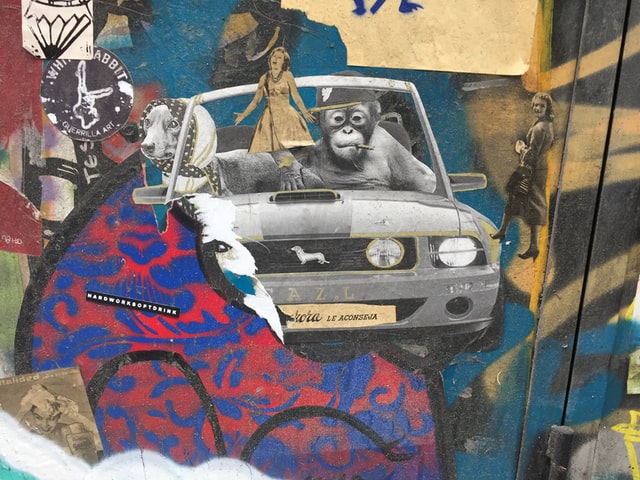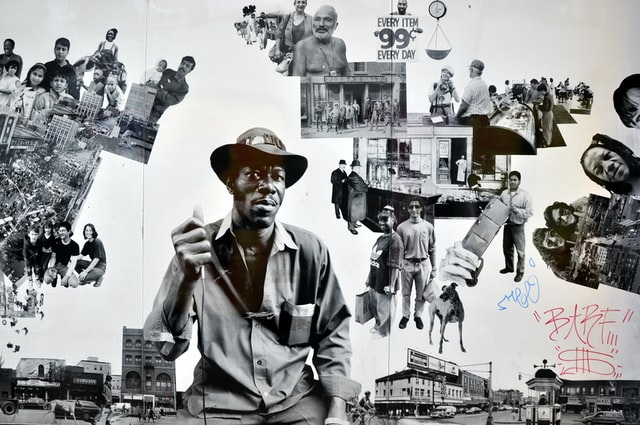Collage Art: The Science Behind an Art Technique

To create fine art, you do not necessarily need to imitate something or mold a form from scratch – you can also combine elements so that they build visual and conceptual completeness. This is how the term collage emerged, giving birth to a distinct art technique and separate art movement known as collage art. While many people have heard about collage and know how it is made, only a few see and understand the underlying concepts making this particular form of art so special and unparalleled. There is actually a whole science lurking behind the art of collage.
The nature of collage art and its types
Techniques of collage were first used in ancient China and Japan. However, as a full-fledged movement, it reappeared at the outset of the 20th century. The world-known modernists and cubists Georges Braque and Pablo Picasso are believed to be the first to coin the word “papier collé” and to start attaching cut-out pieces of paper and oilcloth to their paintings. They were experimenting mainly with oil paintings and charcoal drawings, but the limits of collage are much further than most people think.
In a nutshell, collage art is all about blending and arranging different in size, color, and shape pieces of everything: fabrics, newspaper clippings, photographs, parts of other artworks, ribbons, etc. All these components become part of one composition. For some people, it is a one-of-a-kind union of diverse elements that perform a miracle; others see beauty in the result, a complete work of art existing in only one dimension. It is fair to say that collage is perhaps all these things combined.
If you want to learn more and go deeper into the world of collage art, we highly recommend that you get acquainted with the work of classic collage masters, such as Hannah Höch, Eileen Agar, Kurt Schwitters, Nancy Spero, Raoul Hausmann, and Annegret Soltau. As for contemporary collage artists, be sure to check artworks by Morgan Jesse Lappin, Brayden Bugazzi, and the anonymous artist Creator 93. Enjoy!

